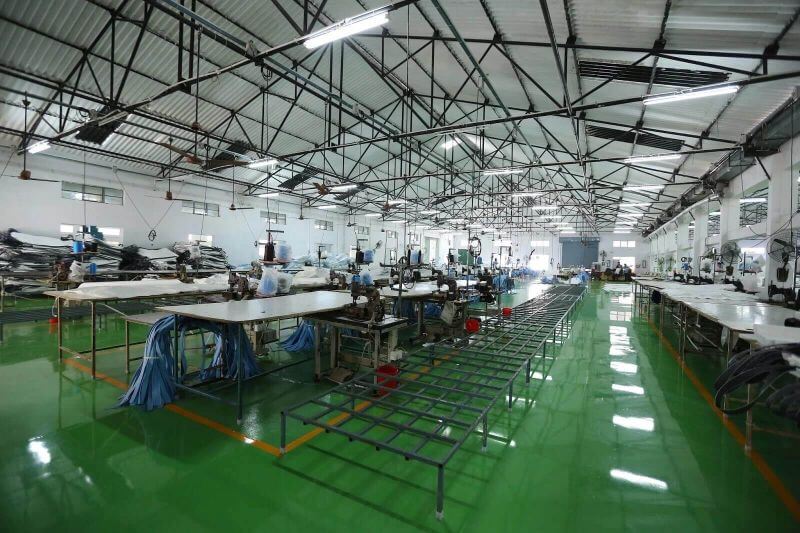



It is usually very challenging to handle wet products. There is always a concern that the sogginess of wet products will readily attract contaminants and deteriorate their quality. Similar concerns are there regarding the transportation of wet products. All these challenges usually pinpoint towards the selection of a bulk bag with specific features which will be used to carry and handle wet products.
So, here are some expert tips that can be implemented for ensuring that the bag you are selecting for carrying wet products will live up to your expectations. Read on to know more.
• Control seepage with linersIf you are concerned that there will be seepage from the bag where you have stored wet products, use liners.
Liners serve as a protective sheath that creates a barrier between the holes of the material of the storage bag and wet material. Hence, the chance of seepage of the material is completely eliminated.
Some bags come with this protective liner stitched to them while for a few others these liners have to be bought separately and inserted.
• Manage weight with high SWL (Safe Working Load)The weight of wet materials often causes concern while packing and storing wet materials. The weight of these materials increases the vulnerability of seepage and breakage of stitches in the storage bags.
Choosing FIBC for your packaging needs is the best solution here because these bags are made using thicker fabrics and firmer stitches. Further, these bags can accommodate the weight of 2000 to 5000 lbs based on their varieties.
• Address moulding with proper ventilationWet materials usually attract moisture from outside. This encourages the development of moulds in them when there is a lack of air circulation in the bags where they are stored.
This can be prevented if the storage bags have proper ventilation in them. Therefore, bags that have poor ventilation or come with liners have to be replaced with vented FIBC bags. These bags are specially manufactured to allow good circulation of air within them.
• Avoid clogging with a proper bagClogging of the wet materials at the bottom of the bag is another challenge that people encounter during packing and transporting. This usually happens when the wet materials are packed inside spouted bottom bags.
To be honest, the spouted bottom bag is never recommended for packing wet materials because the material gets clogged and deposited at the bottom of the spout.
The best way of overcoming this issue is to choose an FIBC that has a full bottom discharge feature. These bags are often called diaper bags as they can be opened from the bottom for pouring the entire material stored inside it conveniently.
